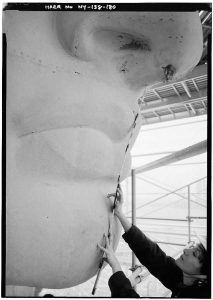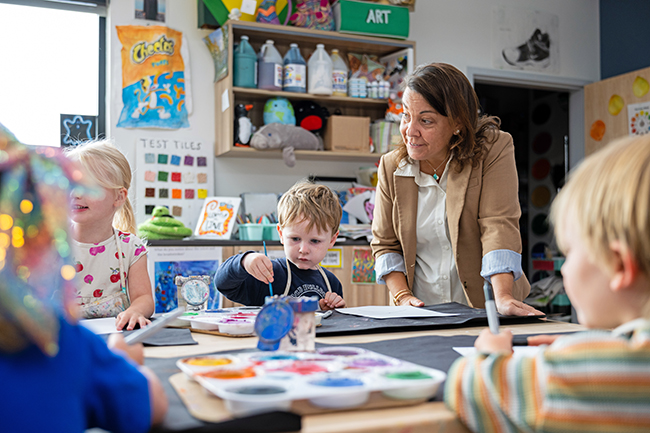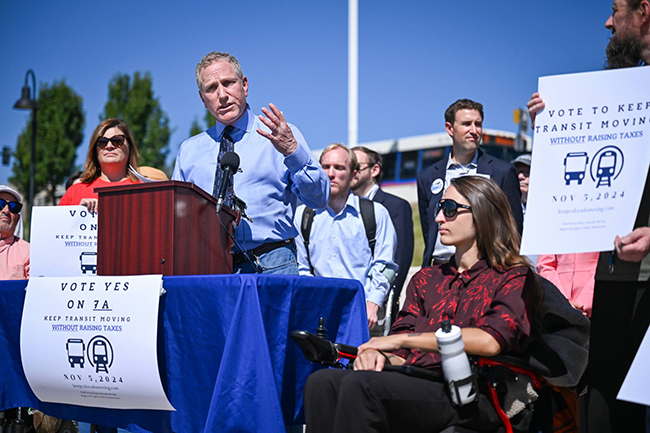Boulder author Jonny Waldman finds drama in rust and bricks
24 Sep 2016
Winner of 2016 Colorado Book Award for General Nonfiction
By Sophie Goodman Jonny Waldman doesn’t wear spandex or a logo-adorned Lycra jersey. He’s just a guy on a no-frills townie bike, steadily propelling himself forward to summit routes like Chapman, Salina and Sugarloaf. The award-winning author, 38, approaches writing in much the same gritty way. “I don’t have any grand theories about writing,” Waldman says. “I start with a question, and I simply try to answer that question by seeking out people who know more than I do.” The idea for Rust: The Longest War, the winner of the 2016 Colorado Book Award for General Nonfiction, began with a problematic sailboat. Waldman and his buddies bought a 40-foot-long, 30-year-old sloop in 2007 with the plan to fix it up and sail around the world, a project he was documenting in a blog for Outside magazine. On the maiden voyage, the crew found the boat’s instruments rusted, the engine unusable, and the winches stuck in place. It wasn’t a big leap, Waldman explains, to extrapolate the ship’s aging issues to those of the U.S. Navy. How did it deal with large-scale corrosion and keep America’s fleet seaworthy?Politics and Corrosion
Though he’d studied writing as an undergraduate at Dartmouth College and as a graduate student at Boston University’s Knight Center for Science Journalism, and had written for national publications like The Washington Post, McSweeney’s and The New York Times, Waldman had never published anything longer than an article. “I was never one of those guys who said they wanted to write a book,” he remembers, “but this idea [the problem of corrosion] was good. Politics, infrastructure, science, history—it had it all.” Waldman started his investigation at the American Society of Naval Engineers’ annual Mega Rust—a conference dedicated to the issue of corrosion in naval infrastructure. “When I met Dan Dunmire, the nation’s highest-ranking rust official, it clicked for me,” Waldman says. “I didn’t know what the story was, but he was such a character that I knew there was this whole world of people studying corrosion.” The advisors of the Ted Scripps Fellowship in Environmental Journalism at CU Boulder also saw the potential, and brought him to Colorado to spend a year working on the book proposal. For Waldman, a D.C. native who now lives in Boulder, corrosion and politics are inextricably intertwined. “To ignore politics is to ignore the forces behind the issue at hand,” he says. According to his research, corrosion is an environmental problem that costs the country $437 billion per year, “more than all other natural disasters combined.” And the most public and emblematic corrosion near-disaster was the deterioration and subsequent restoration of the Statue of Liberty in the 1980s.Lady Liberty’s Close Call

Sophie Goodman is the content marketing manager of OutThere Colorado. She’s an avid skier and recently relocated to the Front Range from the San Juans.












